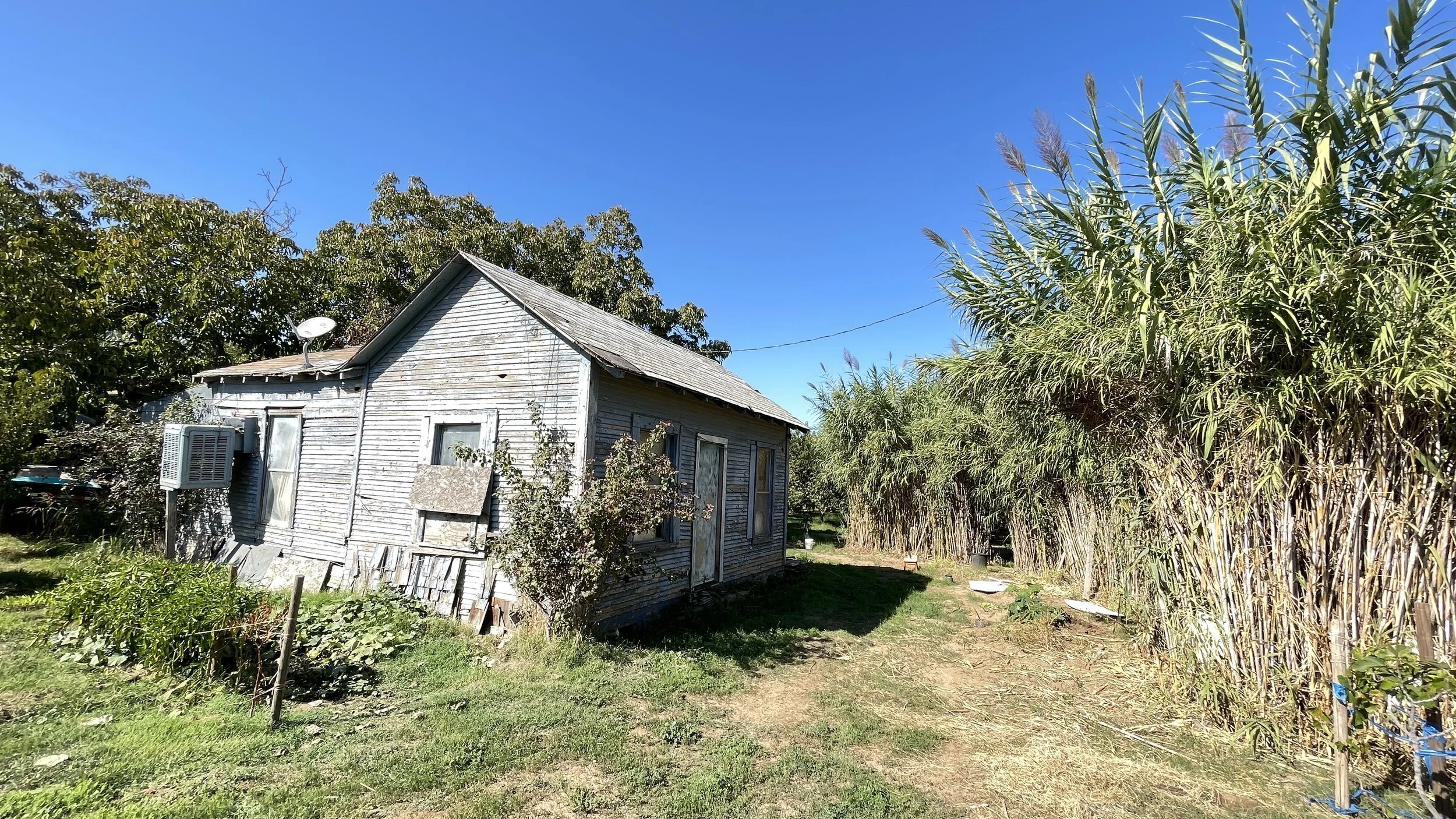The Garden in the Machine: Architecture and Landscape in the Tennessee Valley
What is the role of architecture and landscape in large infrastructure projects? Considering the dearth of revealing historical examples, the synergy between architecture and engineering achieved by the Tennessee Valley Authority (TVA) in its first twenty years is an exceptional, and therefore valuable, case study. The federal TVA Act of 1933 gave the TVA jurisdiction over the entire Tennessee Valley, from its tributaries in the Appalachian Mountains to its confluence with the Ohio River, over 600 miles away. As a New Deal agency, conceived in the financial distress of the Great Depression, the TVA was intended to be a mechanism to jump-start the exceptionally weakened regional economy. The often unnavigable Tennessee River was designed to be tamed with a series of dams and locks. In addition, dams were used to produce electricity (which the region was sorely lacking) and the TVA engaged in multiple programs to limit soil erosion, support farming and forestry, and develop sites for recreation along the river. By the end of World War II the TVA had built or acquired over twenty dams, including nine large dams with locks along the Tennessee River itself, named Kentucky, Pickwick Landing, Wilson, Wheeler, Guntersville, Hales Bar, Chickamauga, Watts Bar, and Fort Loudon, and storage dams of varying sizes on tributaries, including Hiwassee, Chatuge, Fontana, Cherokee, and Norris.
Map 1. Map of the Tennessee Valley Project. Source: Report to the Congress on the Unified Development of the Tennessee River System, Submitted by the Board of Directors of the Tennessee Valley Authority, March 1936,” Knoxville, Tennessee.
Map 2. Location of Dams and Reservoirs, Map of the Tennessee Valley Project. Source: Report to the Congress on the Unified Development of the Tennessee River System, Submitted by the Board of Directors of the Tennessee Valley Authority, March 1936,” Knoxville, Tennessee.
As a publicly funded and administered project in a nation without a history of such enterprises, the Authority was constantly trying to persuade the American public of its efficacy and usefulness. Architecture and landscape played a crucial role in this endeavor and the TVA architects described their work as the “architecture of public relations.”[1] A familiar American theme—the naturalization of the “machine” by locating it in a “garden”—was central to their approach to design. Each TVA dam is situated in a designed landscape, which erases the scars of construction and still provides the public with visitor centers, overlooks, and sites for recreation such as picnicking, fishing, and boating. These scenic settings, designed to mimic pastoral landscapes, frame the dams and powerhouses, and transform sites of industry into “natural” locations for leisure.
A series of scenic settings may seem a banal precedent for design in the twenty-first century, merely a throwback to nineteenth-century notions of using nature to mask technology. A system of machines located in a garden, however, is only one way to read the TVA landscape. For the TVA engineers, the “machine” they were creating was not so much the dams, but the system as whole—a carefully calibrated machine for preventing floods and producing electricity. However, if the entire river is the machine, the architecture and landscape are within it, rather than the other way around. Indeed, we might describe the assemblage as gardens-in-a-machine. In this reading, the TVA parks and visitor centers function as nodes through which the larger system is experienced, making its logic visible and knowable. It is through the architecture that the visitor experiences the scale of the project and learns how it functions: how the turbines produce energy, how the energy is converted into electricity, and how electricity is transmitted across the landscape. The latent power of the river is exhibited at these nodes as well; in times of heavy rain the water gushes over the dams, submerging parts of the public architecture. Rather than merely masking the machine, the architecture and landscape reveal it and its systemic logic.
The photographs in this essay illustrate the TVA’s synergy of architecture, landscape, and engineering. They are arranged geographically, following the river eastward from Kentucky Dam to Norris Dam, which was the first to be built. The photographs are not intended as an overview of the entire system and every one of its components. Instead, following the logic of architectural nodes serving as windows into larger systems, they offer glimpses into the TVA project, and how architecture (broadly construed) can play an integral and revelatory role in our understanding of large infrastructure projects.
Author’s note: The notion of a “garden-in-the-machine” developed in collaboration with Micah Rutenberg as part of a project titled The Logistics of Mechanized Landscapes: Mapping Norris Dam. This project is supported by the 2017 Lawrence B. Anderson Award, School of Architecture and Planning, MIT, and the School of Landscape Architecture, University of Tennessee, Knoxville. Funding for travel and photography was provided by the 2015-2017 James Johnson Dudley Architecture Faculty Scholar Award, School of Architecture, University of Tennessee, Knoxville.
NOTE
[1] Tim Culvahouse, ed. The Tennessee Valley Authority: Design and Persuasion (New York: Princeton Architectural Press, 2007): 16; Frederick A. Gutheim, “Tennessee Valley Authority, A New Phase in Architecture,” Magazine of Art 33, no. 9 (1940): 527.





























